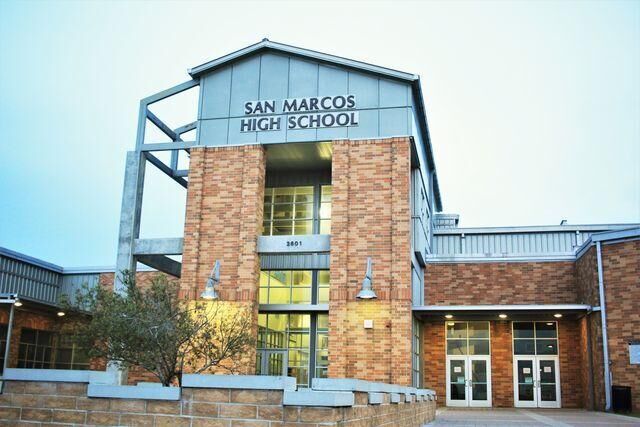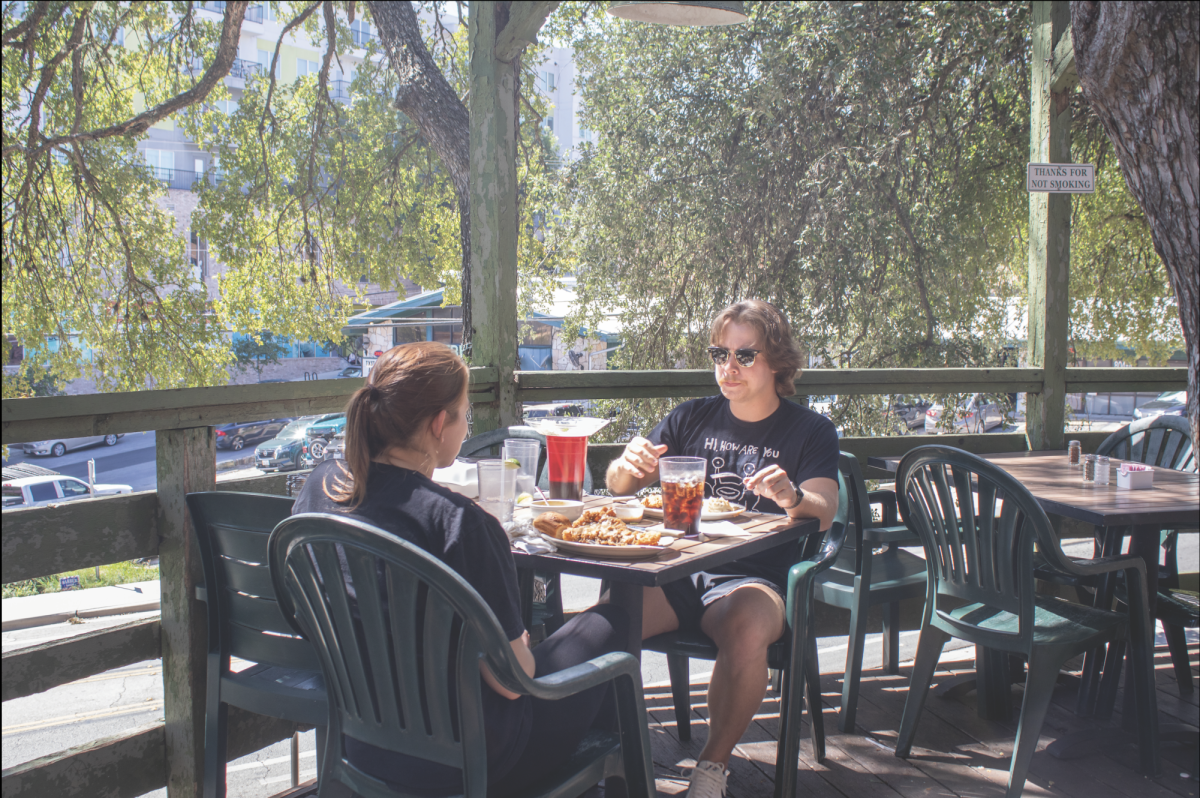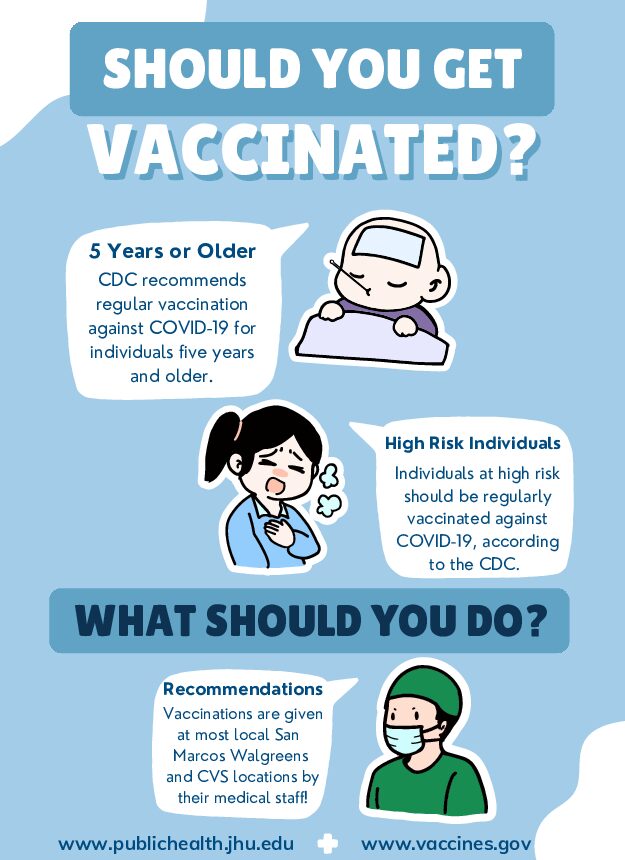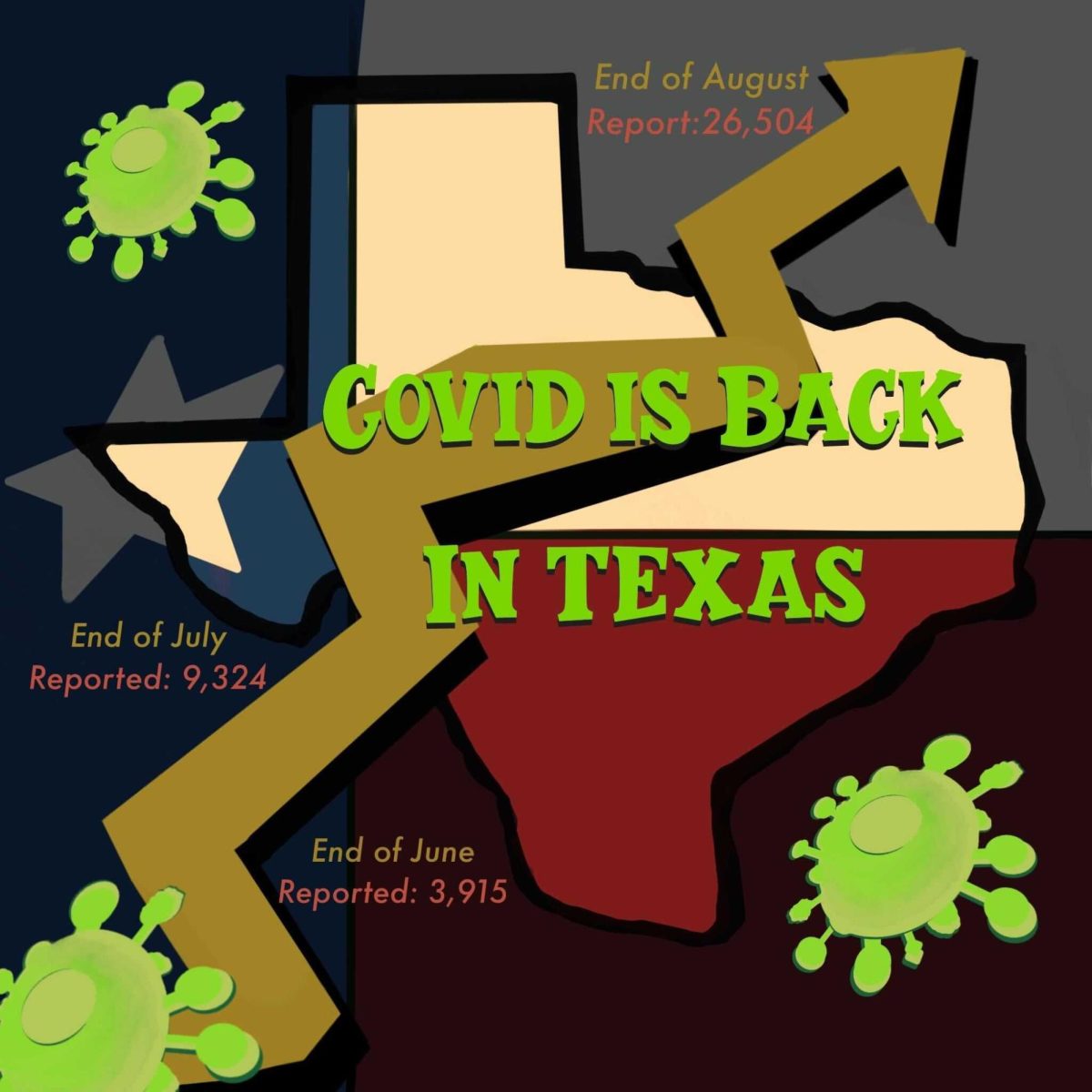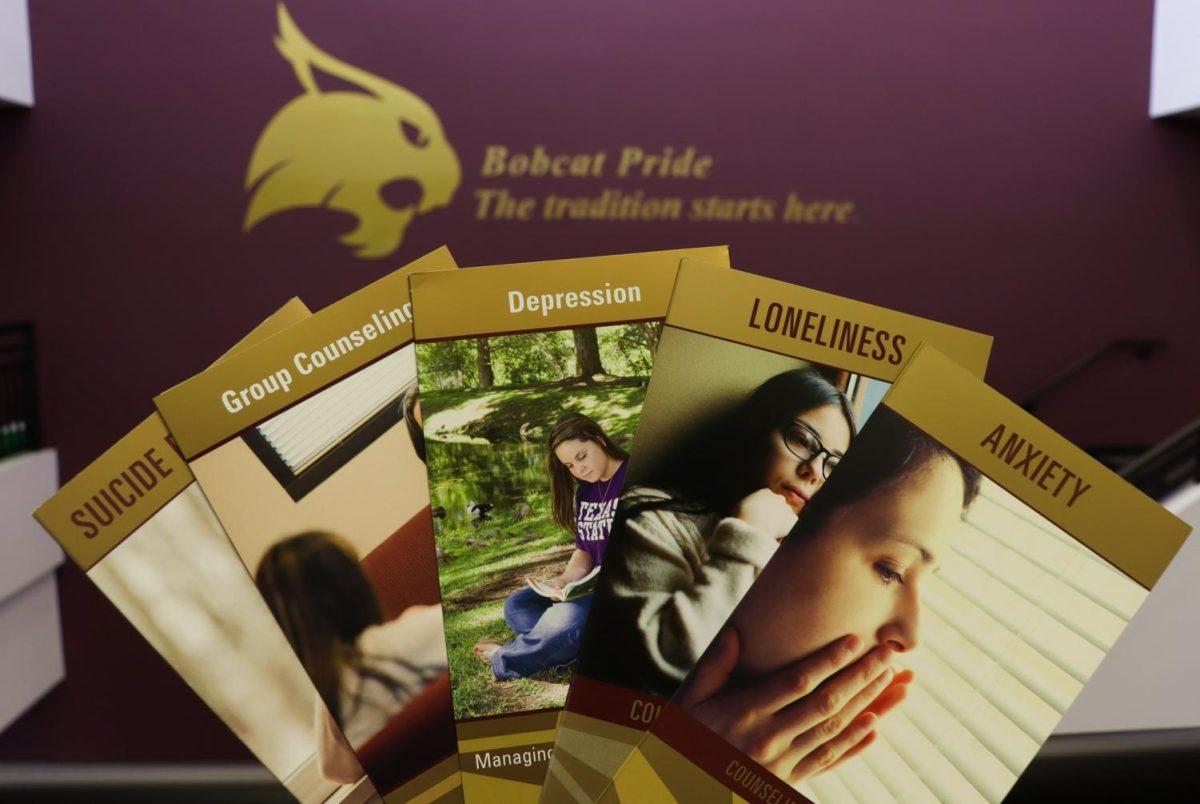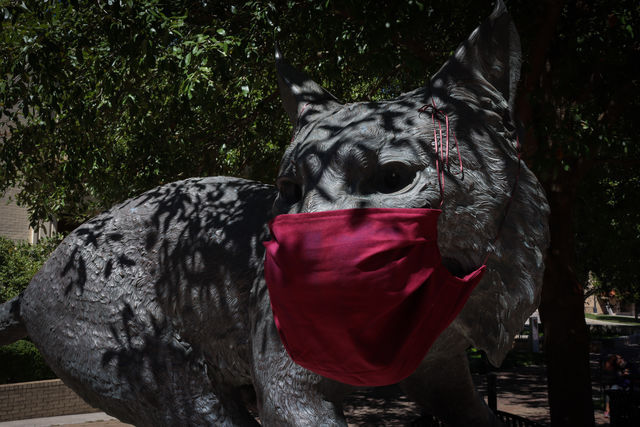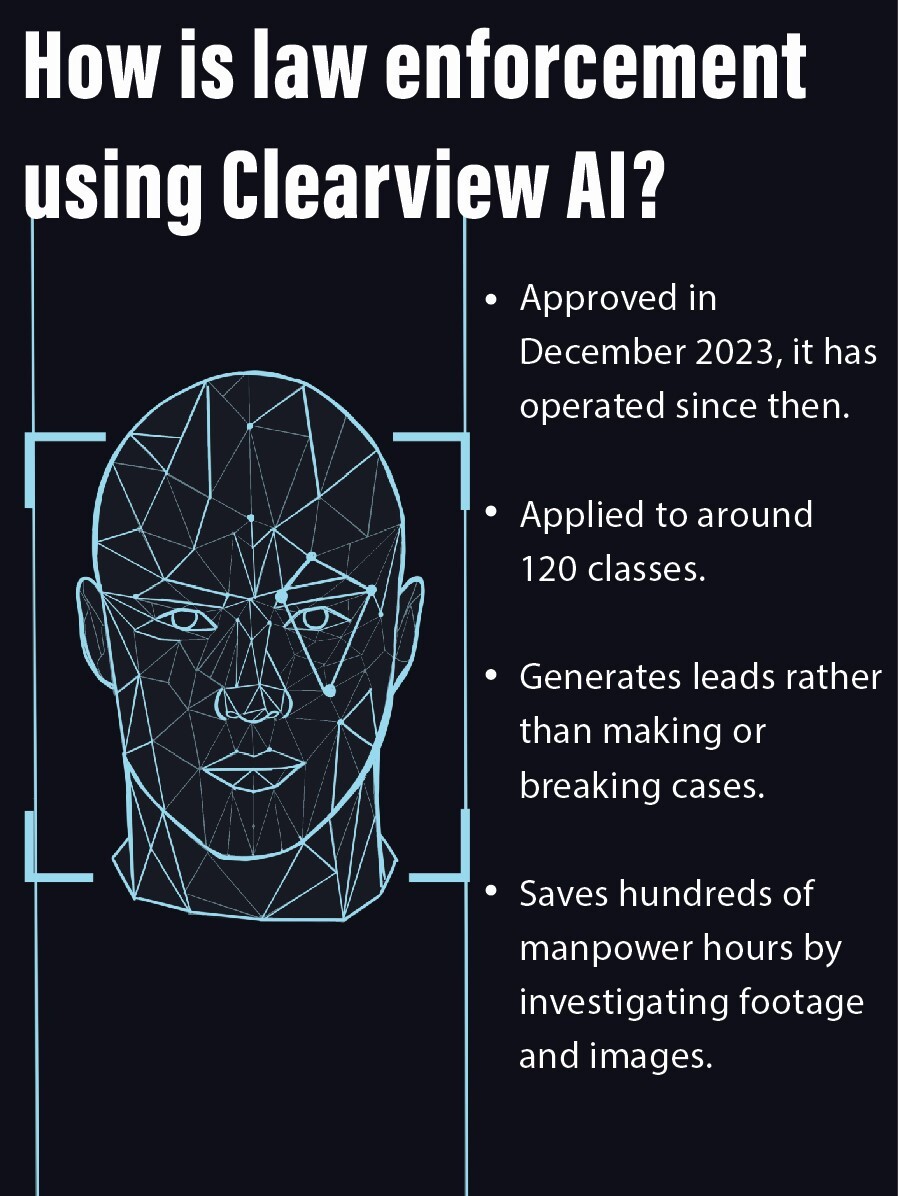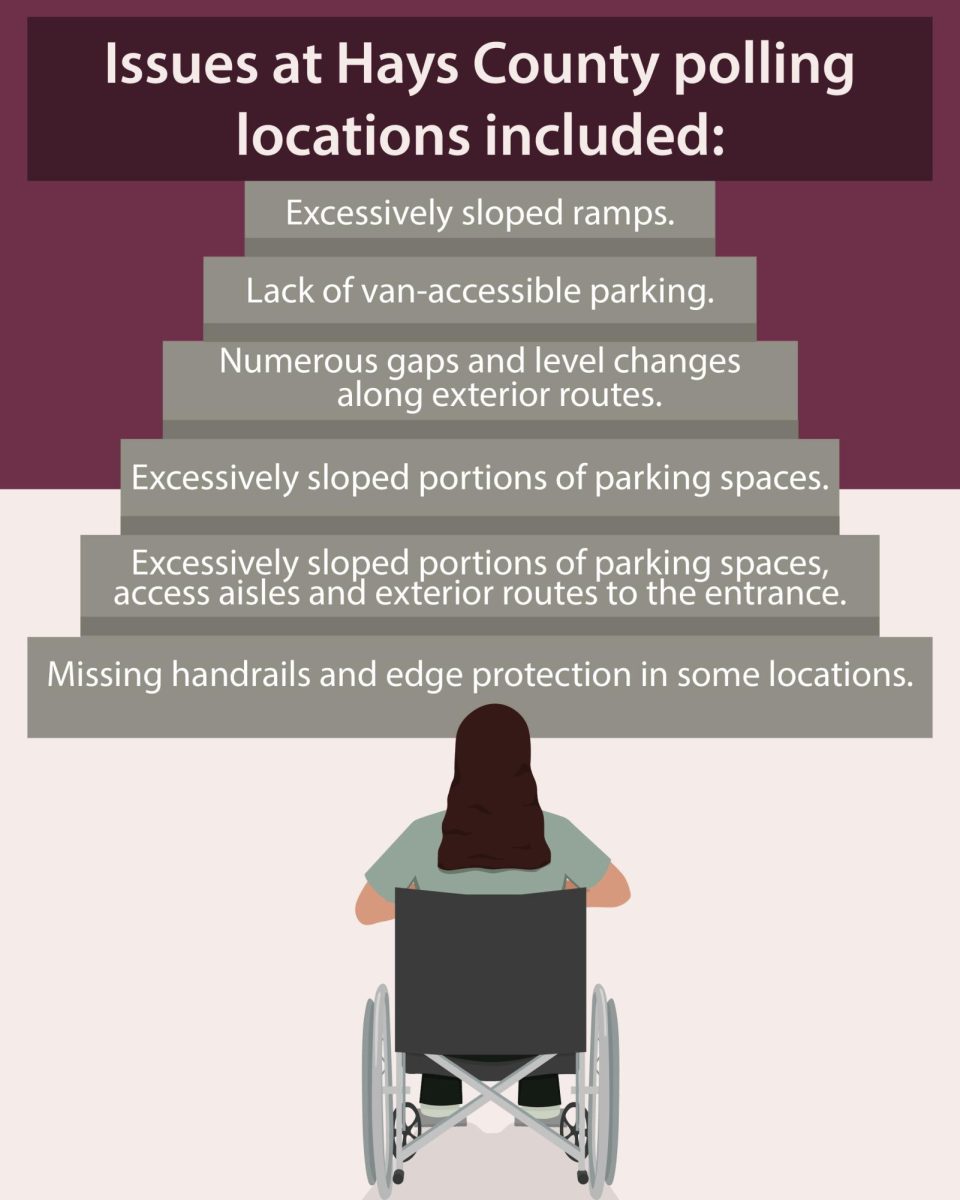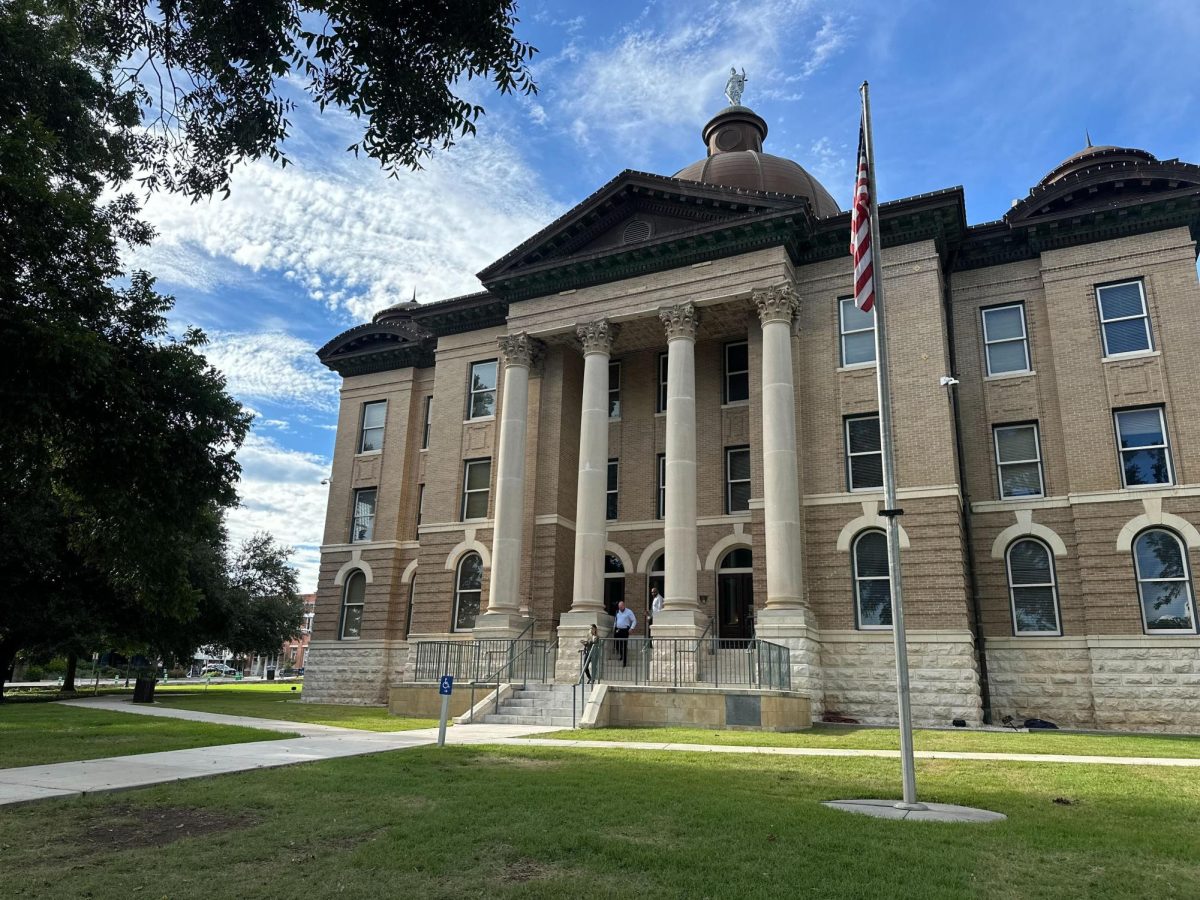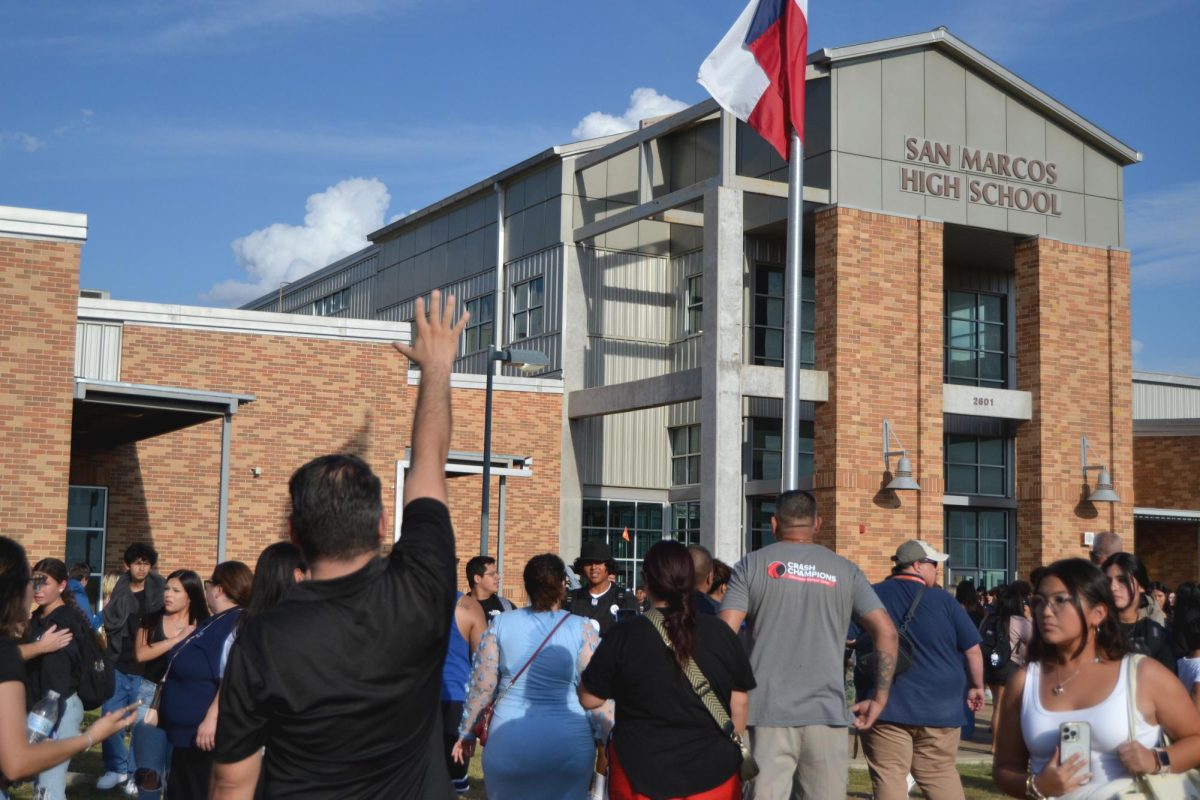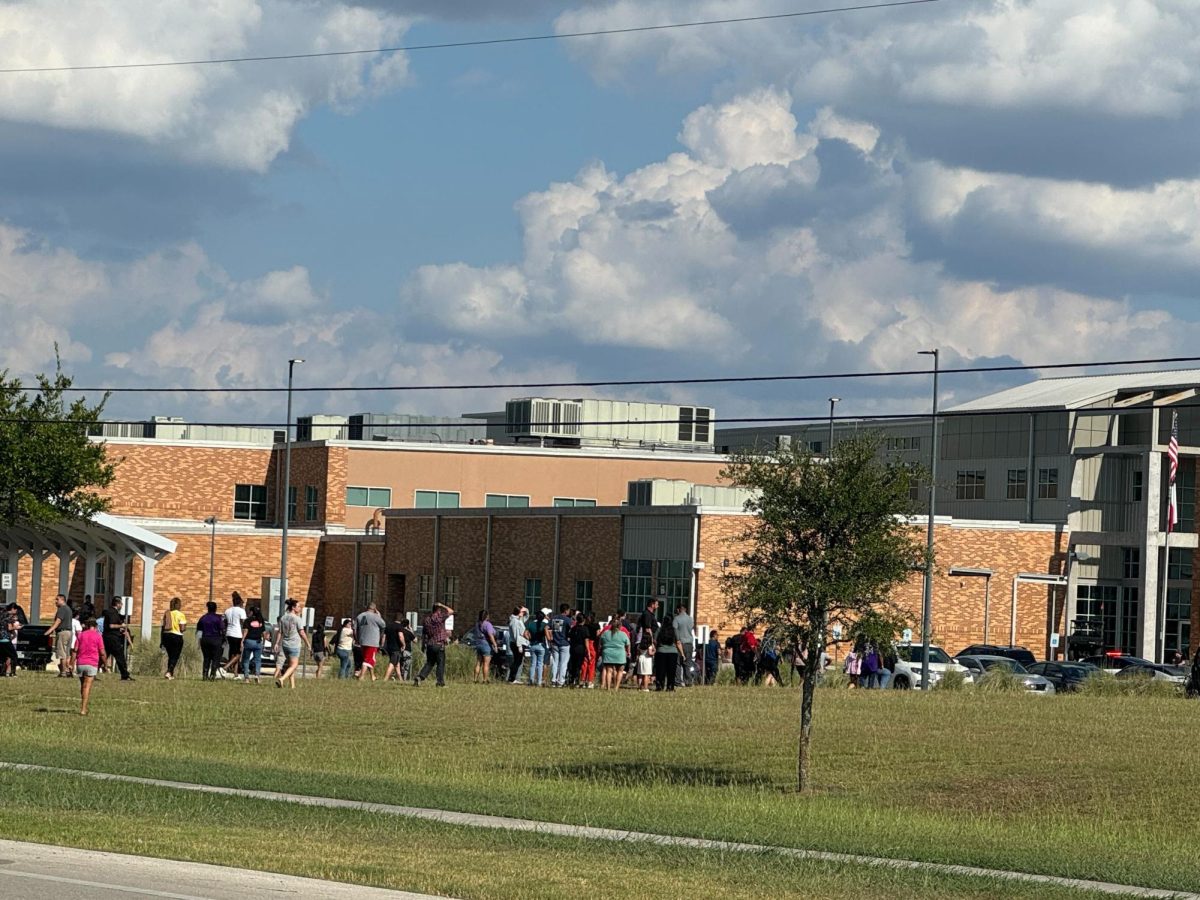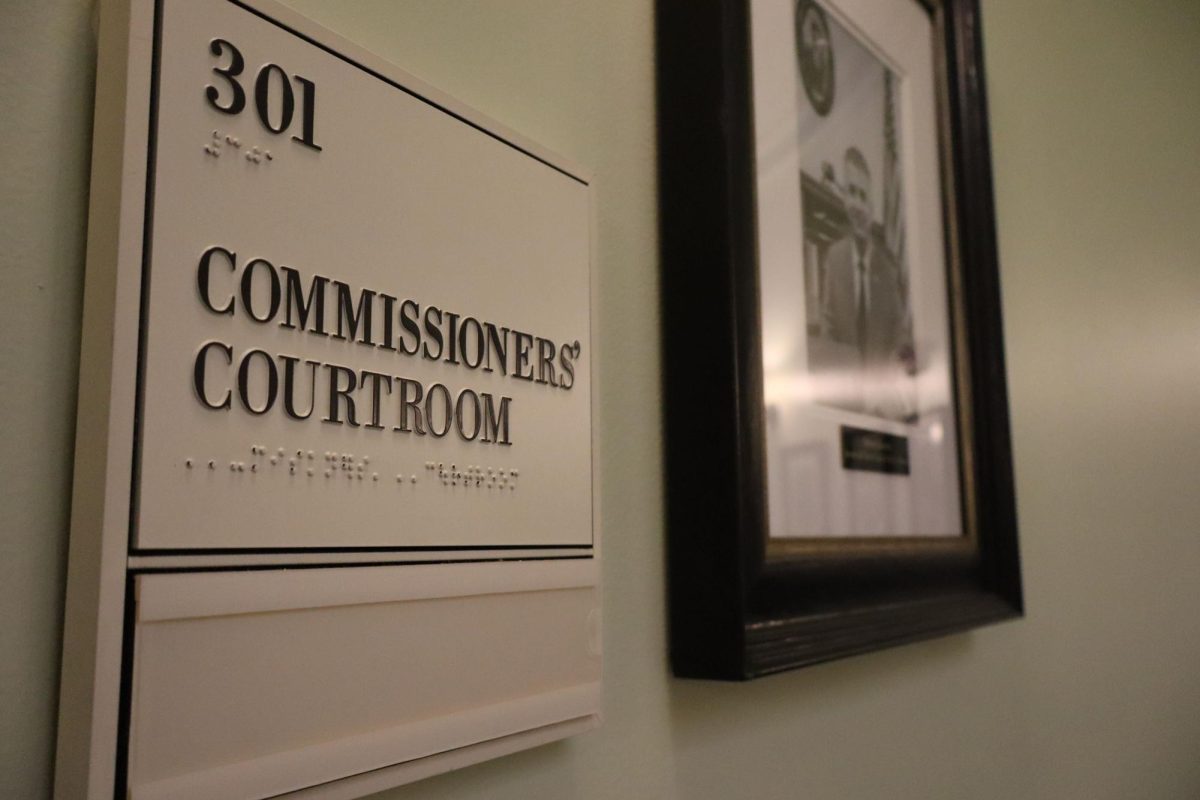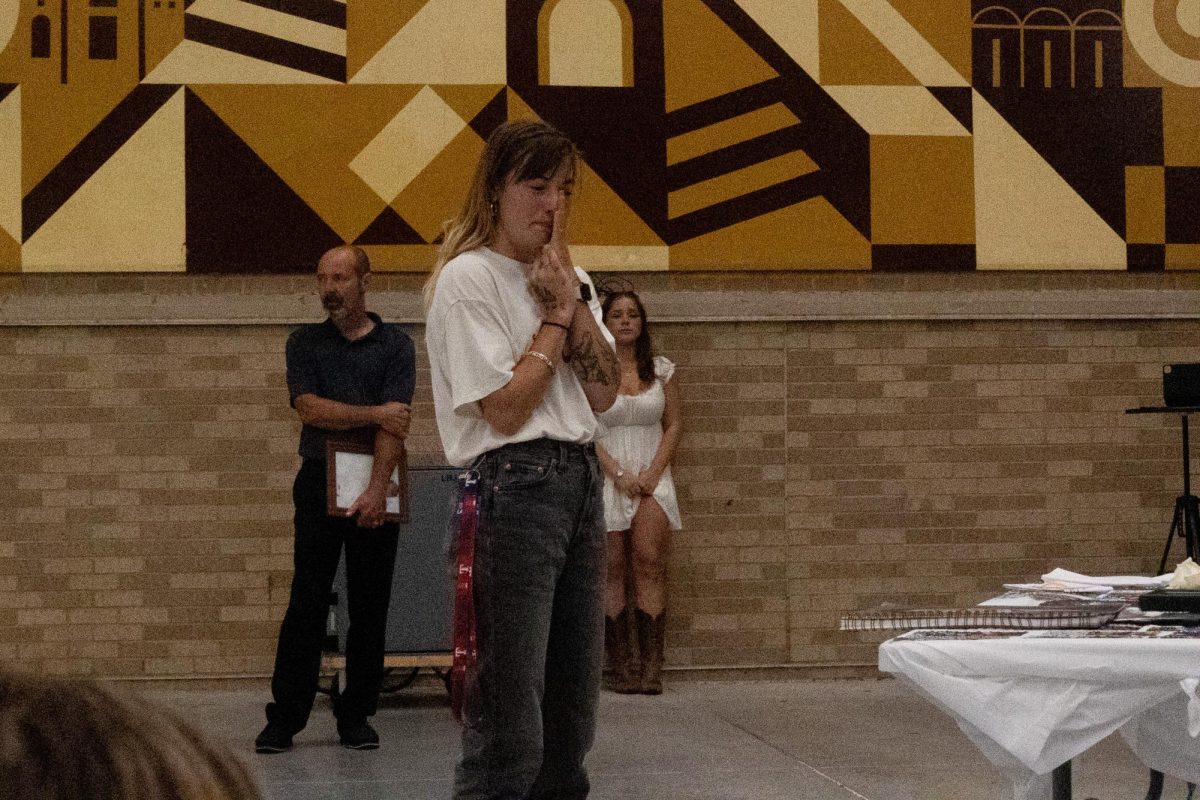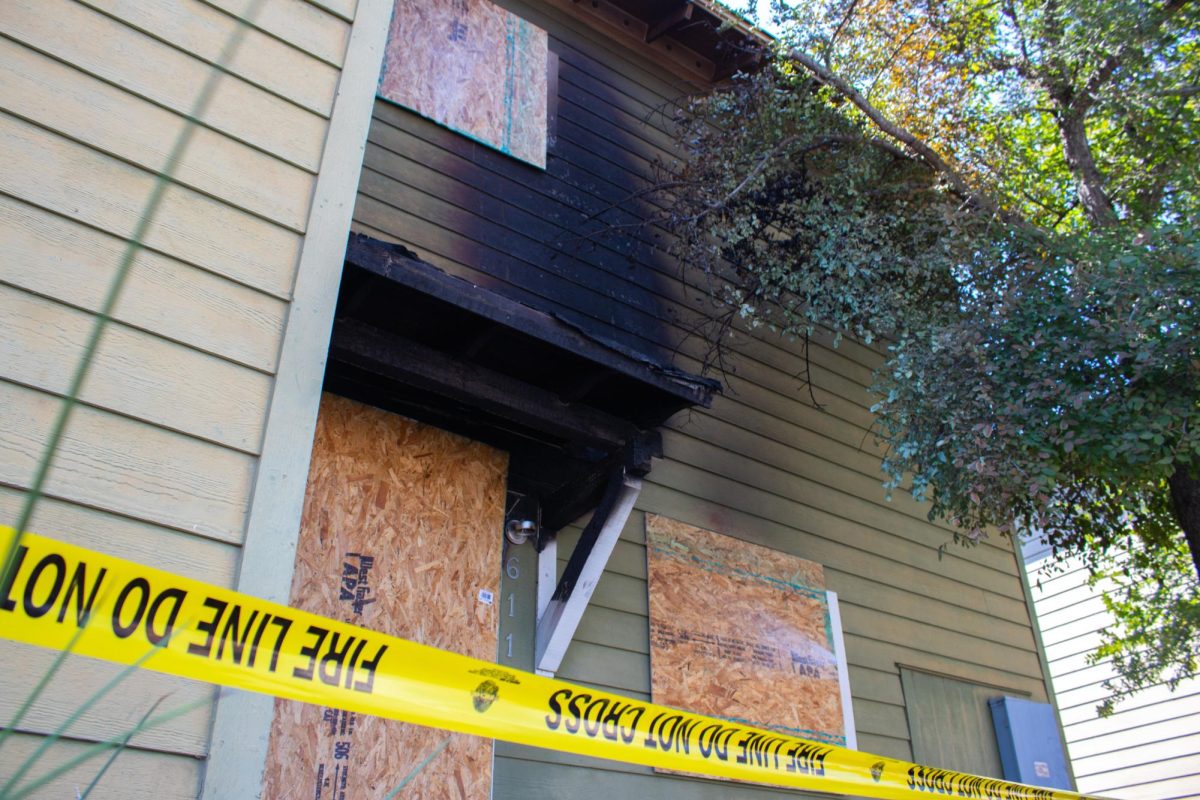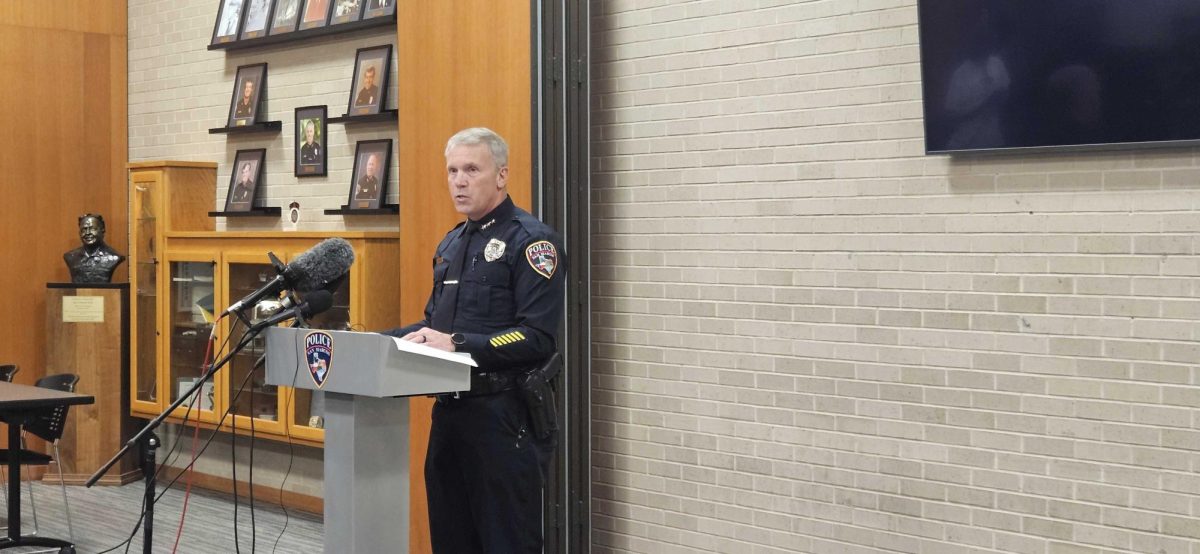During its April 5 agenda prep meeting, several San Marcos Consolidated School District (SMCISD) parents presented concerns to district officials and board members regarding the district’s anticipated return to in-person curriculum on April 12.
In an April 1 letter, SMCISD informed parents that remote learning for all students will end on April 9, and beginning April 12 students are expected to return to campuses for curriculum.
During the meeting’s public forum, five parents addressed concerns about the district’s new policy.
Anna McFarland, a mother of two children attending SMCISD schools, expressed worry for students, particularly sixth and ninth-grade students, who have never been to their respective campuses.
“These kids have no idea where classes are, if they have lockers and where these lockers are, or when they’re supposed to be having lunch. They do not know how to get from class to class or how the in-person day is actually run,” McFarland says. “Some of these kids have not even stepped into the schools, let alone know where they need to go at any given moment.”
SMCISD parent Sylvia Muzzy says her freshman became anxious at the news for the same reasons McFarland stated. Muzzy suggests the district should host an orientation to help relieve anxieties for students, like her daughter, who are attending a new and unfamiliar campus.
“I do plead that we do give the opportunity to those kids that have never been on a campus to go and see it before April 12, whether it’s during the day or in the evening,” Muzzy says. “Maybe offer two options for kids that can go during the school day with admin and then maybe after working hours for parents to go with them.”
An additional concern was brought up during the public forum, regarding the district’s decision to end live synchronous learning for students with medical exemptions, limiting their lessons to asynchronous learning instructions through management systems such as Canvas.
“How is asynchronous learning with no teacher input not discriminating against those with a medical condition? Seems as if the district has decided that those students aren’t as important and do not need the same instruction as healthy students,” McFarland says.
With the return to the in-person curriculum, the district also recommends families provide their students with transportation to and from campus. Because of ongoing construction at Miller Elementary, some parents say this recommendation may be difficult to follow due to the heavy and “chaotic” traffic when dropping off and picking up children from school.
“Those with multiple students at multiple schools will not be able to get those students to school on time,” McFarland says. “Is that going to go against those students’ attendance records, considering some of those students have zero absences and zero tardies for this school year so far.”
Amber LeDoux, a mother with two students at Miller and two more in other schools, agrees with McFarland and expresses frustration with the lack of communication regarding the ongoing construction of the elementary school.
“In [the district’s] letter, it states that I should be receiving a letter from my campus, Miller, as you’ve heard before is under construction,” LeDoux says. ”I have not received one thus far.”
LeDoux adds several families in the district are in a “financially fragile state”. She says the quick and sudden return to school could cause financial hardship with the purchase of school supplies and clothes.
Heath Goins, a SMCISD father and health care professional, believes the sudden and “last minute” switch is unnecessary considering how low current vaccination rates are.
“We’re just, in my opinion, putting out more risk than is necessary or even warranted at this time,” Goins says. “This should be something that, okay, if we wait till the fall, we get our [vaccine] numbers up, we get things where they need to be, or even trending in the right direction then that would be something perfectly acceptable.”
Laura Lacoss, a mother of three, recognizes though this may not be the case for every student. Two of her children have been able to maintain their passing grades through virtual learning while her fifth-grader has been able to improve his grades from B’s and C’s to currently straight A’s.
She requests the district to reconsider its decision and let parents decide what is best for their children’s education with so little time left in the school year.
“I fear that with only 38 days left starting April 12, this will lead to a negative outcome in their grades and what they have become accustomed to,” Lacoss says.
At the conclusion of the forum, San Marcos CISD Superintendent Michael Cardona says the decision to bring students back was made mainly due to mental health concerns.
“In the past 10 months, we have had four high school students who are remote learners, who have unfortunately passed away. There were also some other issues at different levels,” Cardona says.
He also denied a “myth” stated by a parent that STAAR testing results had something to do with the abrupt change of plans.
“I actually literally said to teachers on a call with them — I know this is bad, I shouldn’t say this, this is being recorded and live — ‘I could care less about the STAAR test at this point,’ I care more about checking on the wellbeing of kids and making sure that before the summer is out that we have them in,” Cardona says.
He assures the medical exemption also applies to students who live in multi-generational households with family members who are at higher risk for contracting COVID-19.
Cardona adds the district’s communications director and school principals will work during the next few days to answer emails and send correspondents regarding in-person learning. He adds principals have a lot of flexibility in how each respective school will handle some of the issues brought up by parents.
He concluded his remarks by thanking parents for their questions and patience during the transition and encourages them and any other parents to email him with further concerns.
“I’m sure we’re going to make mistakes moving forward that we’ll have to change,” Cardona says. “I ask that you trust us; we have proven this year that what we do is best for kids and for our families.”
Categories:
SMCISD parents voice concerns over return to in-person learning
Tatiana Torres, News Contributor
April 7, 2021
0
Donate to The University Star
Your donation will support the student journalists of Texas State University. Your contribution will allow us to purchase equipment and cover our annual website hosting costs.
More to Discover


